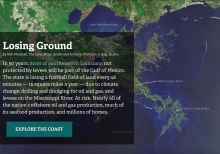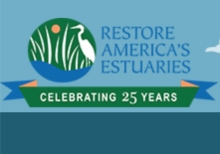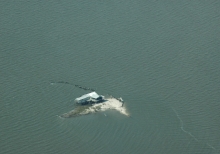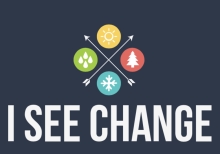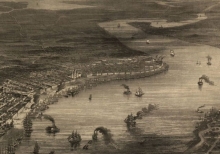Losing Ground
In 50 years, most of southeastern Louisiana not protected by levees will be part of the Gulf of Mexico. The state is losing a football field of land every 48 minutes -- 16 square miles a year -- due to climate change, drilling and dredging for oil and gas, and levees on the Mississippi River. At risk: Nearly all of the nation's offshore oil and gas production, much of its seafood production, and millions of homes.
